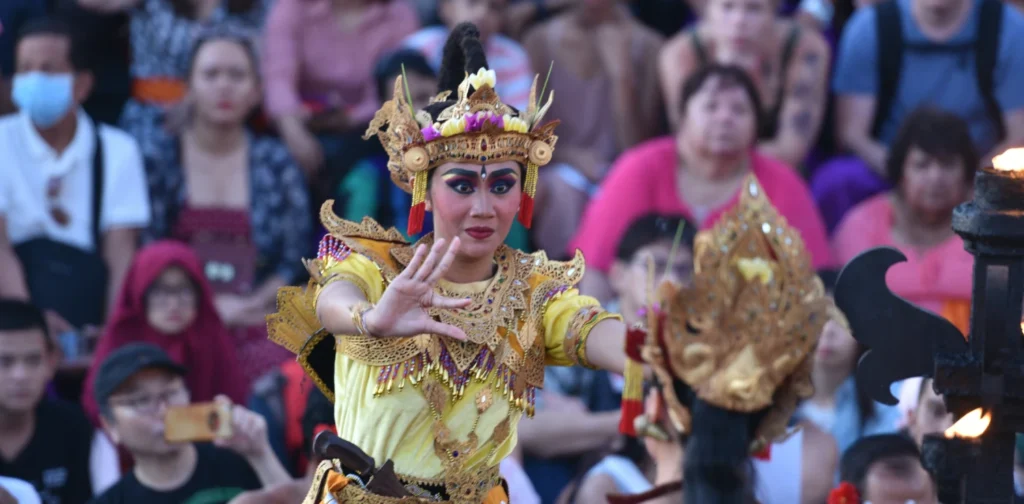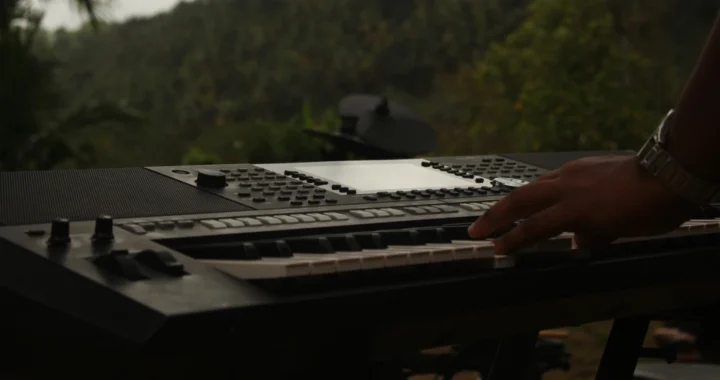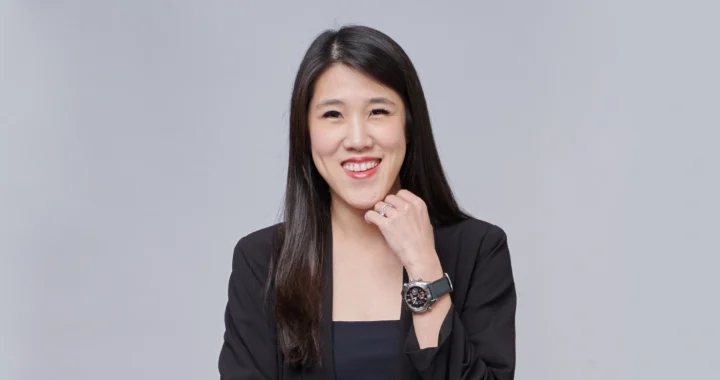Reviving Shared Heritage in Southeast Asia through Cross-Cultural Collaboration

Photo: Herry Sutanto on Unsplash.
Art and culture connect communities and shape their identities. In a diverse region like Southeast Asia, they reflect centuries of exchange and coexistence. As globalization reshapes societies, traditions begin to fade. What disappears is not only performance but also meaning, belonging, and cultural resilience, and preserving them requires cross-border collaboration beyond national efforts alone. Artists, institutions, and communities across Southeast Asia are collaborating to revive their shared heritage and traditions while fostering mutual understanding.
Shared Heritage in Southeast Asia
Art forms, such as music, dance, storytelling, and crafts, have evolved through generations of migration and cultural interaction. Beyond beauty and entertainment purposes, arts and culture serve as pillars of socio-economic wellbeing, fostering tourism and education. At times, they also convey wisdom on environmental preservation.
However, many of these cultural expressions are now under threat. UNESCO highlights that mobility barriers, limited peer exchange, and a lack of regional platforms hinder artists from sustaining their crafts. Similarly, the Southeast Asian Regional Centre for Archaeology and Fine Arts (SEAMEO SPAFA) notes that oral traditions are fading as younger generations turn to digital entertainment over live performances. There are also concerns about income security and unclear working arrangements.
The COVID-19 pandemic deepened this fragility. In Singapore, for instance, attendance at ticketed performing arts events fell to only nine percent of 2019 levels, highlighting the vulnerability of cultural continuity during crises.
Reconnecting Traditions through Cross-Cultural Initiatives
Since many Southeast Asian traditions transcend national borders, preserving them calls for regional cooperation that bridges communities and strengthens this shared identity.
Several regional initiatives show how collaboration can help revive and sustain shared heritage. One example is the Embracing Shared Heritage Through Performing Arts program, launched by UNESCO and the Temasek Foundation in 2025. It brings together more than 480 artists, educators, and youth from Indonesia, Malaysia, and Singapore. Through residencies, workshops, and mentorship sessions, participants co-create performances inspired by their regional heritage, with the purpose of balancing preservation with innovation.
Similarly, Shared Heritage: Connecting Museums Across Five Countries links museums in Indonesia, Malaysia, the Philippines, Singapore, and Thailand. By integrating museum curation, education, and cultural diplomacy, this project promotes inclusive storytelling and collective identity.
Meanwhile, the SEAΔ (SEA Delta) initiative by the Mekong Cultural Hub and the British Council connects cultural workers from across Southeast Asia to co-create projects in arts, education, and social development. These collaborations emphasize sustainability, leadership, and regional solidarity through shared creativity.
Challenges and Possibilities for the Future
These initiatives demonstrate that regional collaboration is not just about safeguarding traditions but also about keeping them relevant in a rapidly changing world. Digital platforms, for instance, can expand access to new audiences, while regional festivals, residencies, and cultural exchanges strengthen shared learning.
Ultimately, cross-border collaboration can help artists exchange knowledge, reinterpret heritage, and build new cultural bridges across Southeast Asia. In this case, governments can strengthen the policy and provide funding for cross-border programs. Cultural institutions and educators can facilitate mentorship, workshops, and creative exchanges that connect practitioners across nations. Meanwhile, audiences can play their part by supporting and promoting traditional performances in contemporary spaces. By working together, Southeast Asia can ensure that its shared heritage not only survives but continues to evolve and inspire the future.
Editor: Nazalea Kusuma & Kresentia Madina

Join Green Network Asia Membership
If you find this content useful, support Green Network Asia’s movement to create positive impact for people and the planet through public education and multi-stakeholder advocacy on sustainability-related issues and sustainable development. Get exclusive benefits for your personal and professional development.
Become a Member Now

 Sounds Right and Recognizing Nature as an Artist for Biodiversity Conservation
Sounds Right and Recognizing Nature as an Artist for Biodiversity Conservation  Statewide Treaty Bill: Australia’s First Treaty with the Indigenous Australians Passed in Victoria
Statewide Treaty Bill: Australia’s First Treaty with the Indigenous Australians Passed in Victoria  Involving Coastal Communities in Tackling Ghost Nets Pollution
Involving Coastal Communities in Tackling Ghost Nets Pollution  An Interview with Jasmin Lim, Chief Marketing Officer at BH Global
An Interview with Jasmin Lim, Chief Marketing Officer at BH Global  The Monsoon Wind Power Project Supports Energy Transition Across Borders in Southeast Asia
The Monsoon Wind Power Project Supports Energy Transition Across Borders in Southeast Asia  Revealing the Pink Tax and The Cost of Being a Woman
Revealing the Pink Tax and The Cost of Being a Woman